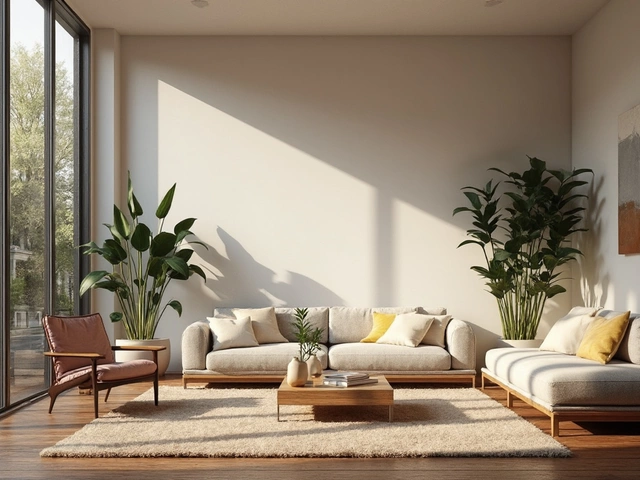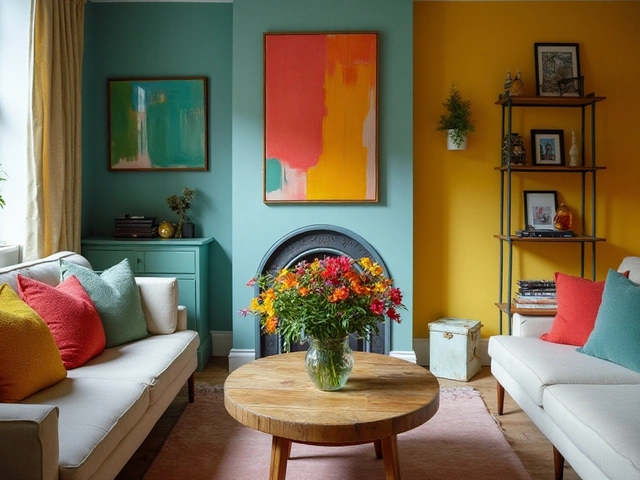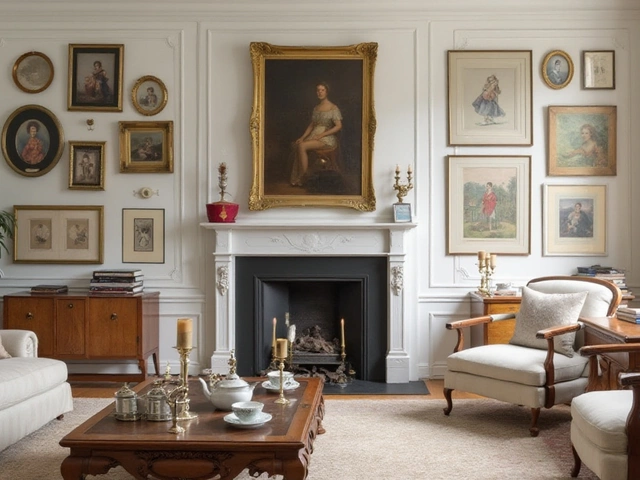Understanding the 80/20 Rule in Decorating: A Simple Guide
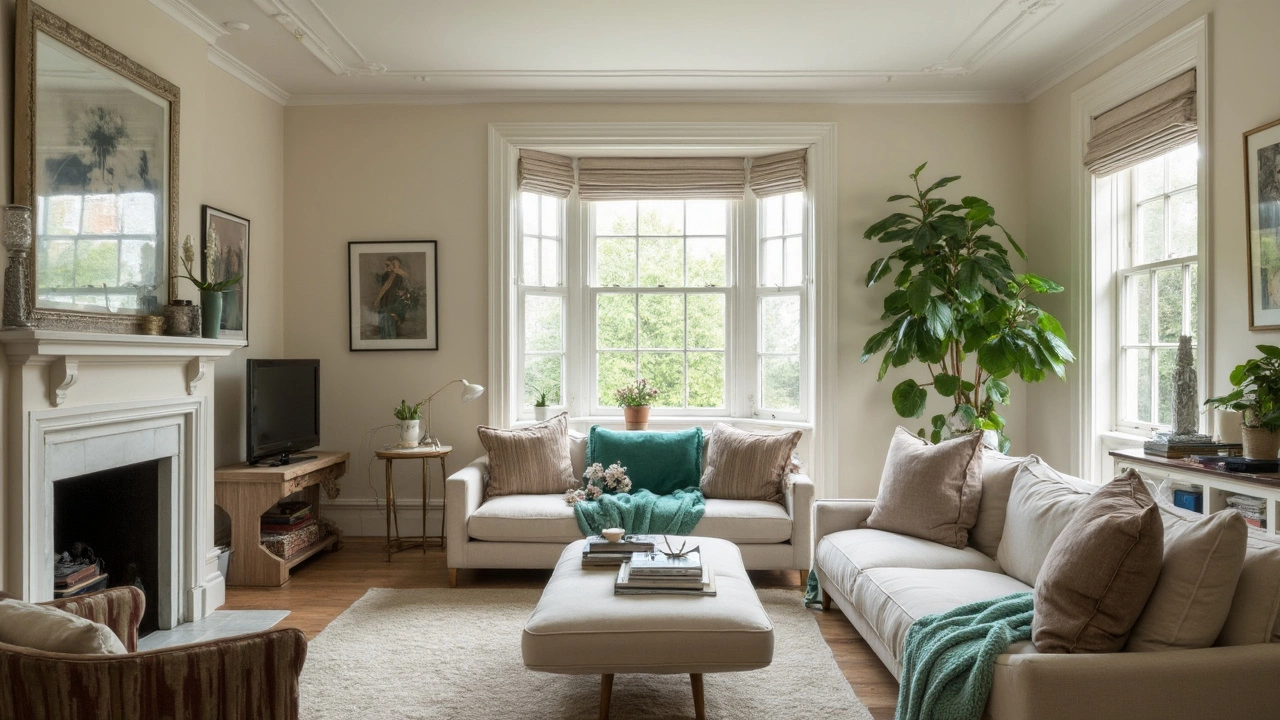
Ever heard of the 80/20 rule in decorating? It's a game-changer for those looking to style their homes without turning them into a chaotic mess. The idea is simple: 80% of your decor should be classic and versatile, while the other 20% can be trendy and bold. Imagine your room as a blank canvas—most of it needs to be versatile and timeless, allowing you to sprinkle in some trendy accents here and there.
Think about your living room. Most of your furniture and paint may fall into that 80%—classic colors and shapes that never go out of style. Then, there’s the 20%—those funky, colorful throw pillows or that bold piece of art on the wall. These are changeable elements, letting you refresh your style without a complete overhaul. Ready to delve deeper into how to apply this rule in your home? Read on!
- The Basics of the 80/20 Rule
- Applying the Rule in Different Spaces
- Balancing Trends with Timelessness
- Common Mistakes and How to Avoid Them
The Basics of the 80/20 Rule
The 80/20 rule, also known as the Pareto Principle, comes from the idea that 80% of consequences come from 20% of causes. In interior design, this translates to focusing 80% of your efforts on classic, enduring elements, and the remaining 20% on more current, exciting accents.
This approach not only simplifies decorating but also enhances functionality. Imagine your budget and time being concentrated mainly on key pieces like sofas, dining tables, flooring, and paint, which should ideally be neutral and adaptable. This makes them a lasting foundation you can build on over the years.
Core Elements and Accents
So, what distinguishes the 80% from the 20%? Core elements are your investments: the things you don't want to change frequently due to cost or hassle. Accents, on the other hand, are your playground where you can experiment without much risk. This could be anything from trendy cushions to colorful wall art.
- Core Elements (80%): Furniture, wall colors, flooring, lighting fixtures.
- Accents (20%): Throw pillows, art pieces, rugs, decor accessories.
By dividing your decor efforts this way, you can enjoy both stability and flexibility, allowing your space to evolve with minimal disruption.
Why It Works
Keeping 80% of your decor timeless means you’re protected against rapidly changing trends. Instead of feeling pressured to revamp everything, you can just tweak the 20% components to breathe new life into your space. Easy, right?
The 80/20 rule in decorating ensures your home remains harmonious and reflects personal style. It’s about balancing timeless appeal with just the right amount of fresh, trendy vibes, creating spaces that feel both comforting and exciting at the same time.
Applying the Rule in Different Spaces
So, how can the 80/20 rule reshape spaces around your home? Let's break it down by room to see how it plays out practically.
Living Room
Your living room is the heart of your home, so it's an ideal place to start. In sticking with the classic 80%, opt for a neutral sofa and timeless furniture—a comfy, gray couch can effortlessly blend with different styles over time. Then, spruce it up by dedicating the 20% to fun accents like colorful prints or textured blankets. The beauty of this approach? You can switch out these small items whenever you want a fresh look.
Kitchen
In the kitchen, aim for cabinetry and larger appliances to fall within the 80%. Stainless steel appliances, simple cabinet designs, and classic countertop materials like marble or butcher block keep everything looking sleek. For the adventurous 20%, think about fun backsplash tiles or cool pendant lighting. Worried about committing? Temporary wallpaper or peel-and-stick tiles are great trial runs for those who love constant change.
Bedroom
When it comes to the bedroom, focus your 80% on essential furnishings: bed frame, dresser, and nightstands in understated colors. This sets a soothing atmosphere. Then, jazz up your space with vibrant cushions or plush throws for that touch of flair. Swapping these smaller items can easily refresh your sanctuary with minimal effort.
Home Office
The home office needs to blend function and inspiration. Let your desk, chair, and shelves stay in the 80% zone, emphasizing durability and comfort. Use your 20% for motivational artwork or unique desk accessories. These little touches keep the space lively and engaging without disrupting your workflow.
This method doesn't just apply to decor—it lets you experiment without the fear of overdoing it. Plus, it keeps your budget in check while allowing your personal style to shine.
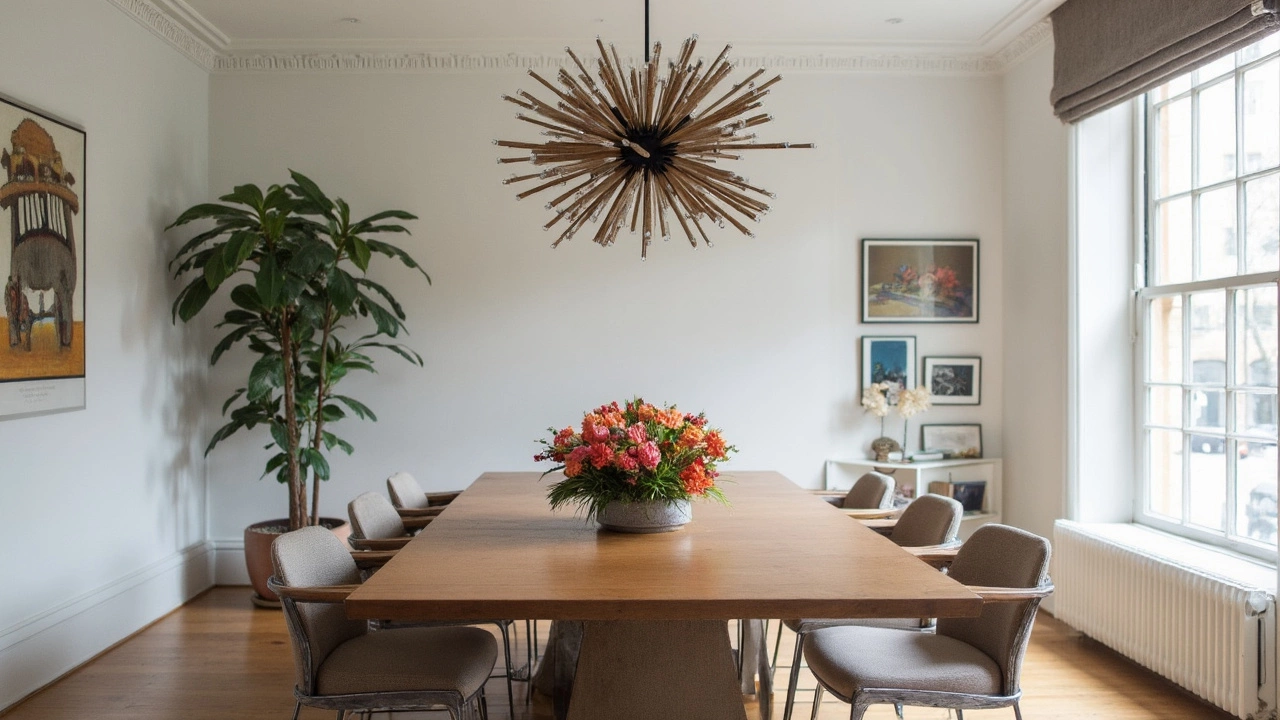
Balancing Trends with Timelessness
Striking the right balance between current trends and timeless design is where the magic happens. It's all about mixing and matching to create a space that's both fresh and enduring. Let's break it down: the key is to make sure that the majority of your decor remains traditional, while you selectively incorporate a few trendy elements.
Going for Classic Pieces
For the 80% part of your space, invest in pieces that have stood the test of time. Think neutral sofas, wooden dining tables, or natural stone countertops. These items serve as the backbone of your home and support various styles. A white or gray couch, for example, will seamlessly blend with any pop of color you decide to introduce later.
"Timeless pieces create a stable foundation. Start with a neutral palette then play with colors and trends in small doses," advises interior designer Sarah Richardson.
Adding Trendy Accents
The 20% portion is your playground for trendy items. This is where you experiment but keep in mind: trends fade. Focus on easily replaceable or modifiable decor elements like cushions, throws, or even light fixtures. These can make a huge impact without involving an entire room makeover.
Dive into the world of trendy colors or textures by adding a bold area rug or an eye-catching pattern. But remember, trends like 'Industrial Chic' or 'Bohemian Rhapsody' are cluttered with fads. Always think about what truly resonates with you and what might outlast the hype.
Avoiding Overcommitment
It's easy to get carried away while shopping. To avoid overcommitting, set a budget for your trends and stick to it. Walk away from that neon lamp that costs a fortune if it doesn't fit within your plan. Instead, sleep on trendy choices before making a purchase.
Finally, listen to your space. If your room starts feeling like a theme park, dial back. Balance is essential, and sometimes less truly is more.
Common Mistakes and How to Avoid Them
When it comes to applying the 80/20 rule in decorating, there are some pitfalls people often stumble into. Avoiding these can save both time and money, and make your decor journey a whole lot smoother.
Ignoring the Proportion
Many people misjudge the 80/20 split and end up with a room that feels chaotic. The key is to ensure that 80% of your space remains consistent, acting as a backdrop for that exciting 20%. Overdoing the trendy elements can make the space feel overwhelming and quickly outdated. Stick to the principle by routinely assessing your room's elements.
Choosing the Wrong Base
Your primary 80% should be versatile and timeless. Think neutral colors for walls and larger furniture pieces. Mistakes here often happen when people choose base items that are trendy, which can clash with the look over time. To avoid this, go for colors and materials that have stood the test of time.
Over-Spending on Accents
The excitement of purchasing new decorations can lead to overspending. Since the 20% is where trends pop, it's smart to keep a budget. Try using affordable options like throw pillows or small decor items that are easy to change out. This way, you can refresh the look without breaking the bank.
Not Considering Functionality
Some decor seems perfect aesthetically but doesn't suit your lifestyle. Furniture should be comfortable, and items should serve a purpose. Choosing stylish yet impractical pieces can lead to regret later. Always test for function over form.
By keeping an eye on these common missteps, you’ll make sure your space not only looks fantastic but also feels like home.
